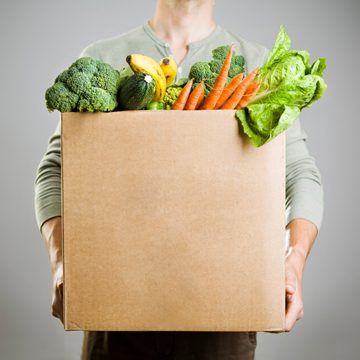Transforming Canada’s Food Guide: What’s missing?
In the aim to provide a full diet, what does Canada’s Food Guide leave out? Take a look at Canada’s

In the aim to provide a full diet, what does Canada’s Food Guide leave out?
Take a look at Canada’s Food Guide. You’ll see a chart that, if you’re Canadian, you’re likely comfortable with. The ingredients are familiar and accessible, and there is likely some sort of repetition of what you’ve been taught your whole life. But what’s being left out?
During one conversation at Food Secure Canada 8th National Assembly in Halifax, which was titled “Waves of Change: Sustainable Food for All,” community developers and food justice advocates, Aja Peterson and Stephanie Lim, discussed how we think about food and eating, and what it means to eat well. The speakers explained why leaving cultural diversity out of the picture puts pressure on some cultures who feel shame and guilt if they cannot feed their families according to Canada’s Food Guide. The problem they see with the Guide is that it disregards the fact that how we eat is as important as what we eat. Eating well is about more than simply getting enough dairy and greens; the way in which we relate to food is not only made up of their nutrients, but the culture around cooking and eating, and the emotion we feel in the preparation and consumption of a meal.
The aim of this discussion was not to completely disregard Canada’s Food Guide, a sentiment that was repeated several times throughout the talk, but to take a look at what’s missing. Not only is there limited focus on cultural diversity, but also sustainability when picking out ingredients. It takes a very western view and is individually focused, omitting culture, community and economic accessibility, the speakers said. It accommodates cheap food with little importance given to quality. For example, the Guide advises to include two to three tablespoons of oils and fat daily (salad dressings, margarine and mayonnaise included). Known healthy oil options, such as coconut oil, gets no mention.
‘Eating is a complex, cultural story; it’s not just about teaching people how to cook better,’ said speaker Stephanie Lim.
The conversation begged the question: what does it mean to eat well and how can we transform Canada’s Food Guide to include more than just what we should see on our plates?
How do you define healthy eating? Does Canada’s Food Guide play a role in your meal planning? Share your story in the comment section below.




